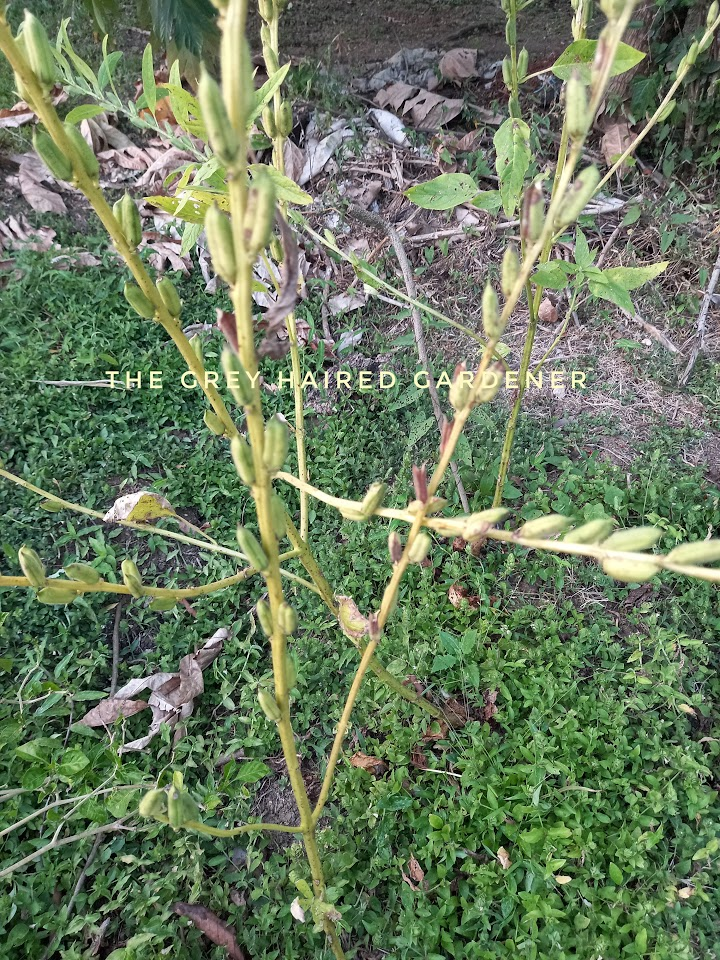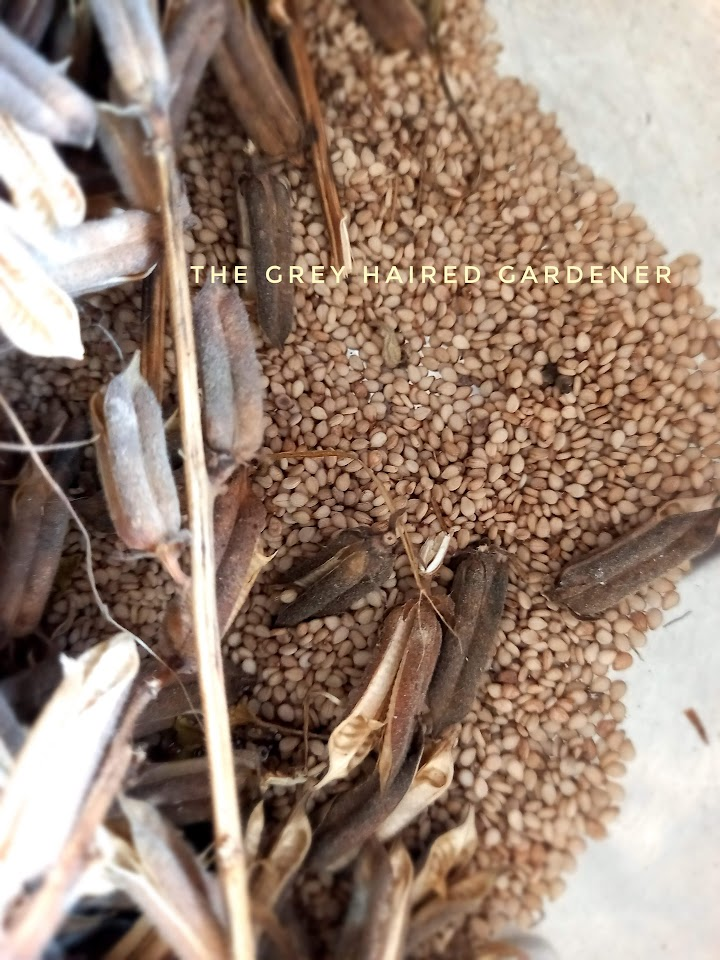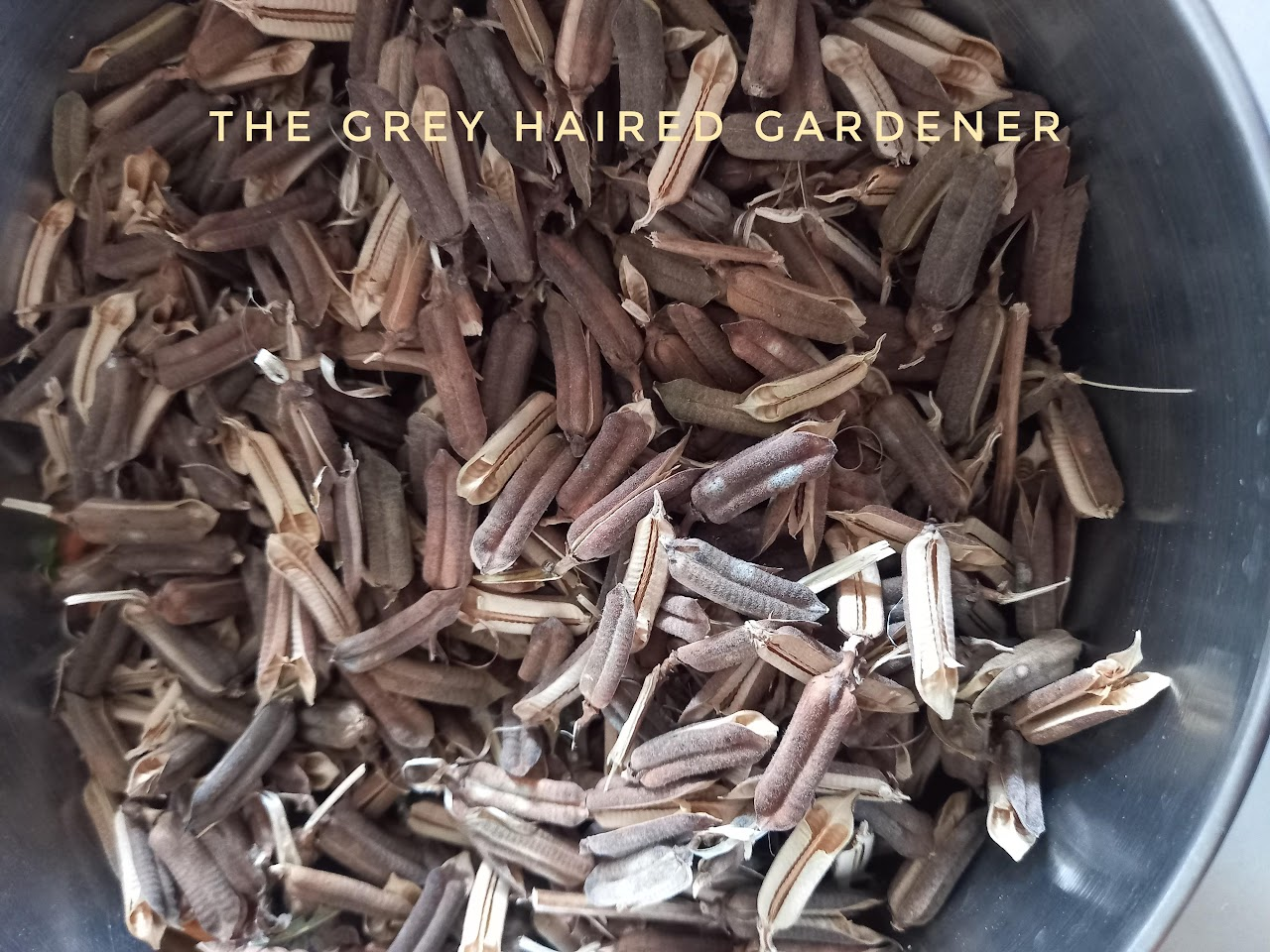"Think sesame only comes from store-bought jars? Think again! This sun-loving, drought-tolerant plant is surprisingly easy to grow—and the fresh, home-harvested seeds are unbeatable in flavor!"
Sesame (Sesamum indicum) is one of the oldest oilseed crops in the world, prized for its tiny, nutrient-rich seeds. With minimal care, this sun-loving plant will reward you with a bountiful harvest of crunchy flavorful seeds that's perfect for cooking.
Sesame thrives well in warm climates with little maintenance, so its ideal for growing here in Trinidad and Tobago. It’s drought-tolerant and resilient, making it an excellent choice for home gardeners looking for a low-maintenance yet rewarding crop. I was gifted a few seeds from my neighbour, Farmer Billy and decided to try my hand at it.
Here are some tips to growing your sesame plants:
Light
Sesame loves the sun! Plant it in a full-sun location with at least 6–8 hours of direct sunlight daily for the best growth and seed production.
3 of my sesame plants
Watering
Water young plants regularly to help establish roots, but once mature, sesame thrives in dry conditions. Avoid overwatering—let the soil dry out between watering to prevent root rot. I planted my sesame plants in the dry season, so this worked fine for me.
Fertilizing
Sesame doesn’t require heavy feeding. A balanced fertilizer (20-20-20) at planting time or light compost application will support steady growth. I fed the plants twice: week 1 and 2 after transplanting. Too much nitrogen can lead to excessive leaves and fewer seeds.
Soil
Well-draining, loamy or sandy soil with a pH of 5.5–8.0 is ideal. Sesame hates wet feet, so avoid heavy clay or overly compacted soils.
Flowering
Sesame plants bloom about 6–8 weeks after planting, producing beautiful bell-shaped flowers that range from white to pale pink. Each flower eventually forms a seed capsule packed with tiny sesame seeds.
Pests and Diseases
Sesame is relatively pest-resistant but watch out for whiteflies, aphids, and spider mites. Proper spacing and good airflow will help prevent fungal diseases like leaf spot and root rot. I was lucky, I did not encounter any of the above.
Harvesting
Harvest sesame when the pods turn brown and begin to split—usually 90–120 days after planting.
Mature pods turning yellow upon maturity. These pods will eventually turn brown.
Things have started to take shape.... starting to see some seeds! 😊
The empty pods will be thrown in the compost bin
Uses
Sesame seeds add a delicious crunch to baked goods, salads, and stir-fries. They’re also used to make tahini, sesame oil, and seasoning blends like za’atar. This tiny seed packs a punch in flavor and nutrition!
So proud of my harvest from 5 plants. May not seem like much, but to me it was a successful experiment and just shows the potential for this high protein food source that can be grown on a commercial scale for local consumption or as an export crop.
Ready to take on this challenge? Why not try to grow a few sesame plants in your garden? I'd love to hear all about it!
Happy Gardening! 🌺🌺🌺
The Grey-Haired Gardener














.jpg)


No comments:
Post a Comment